Of County Fairs & Horseracing
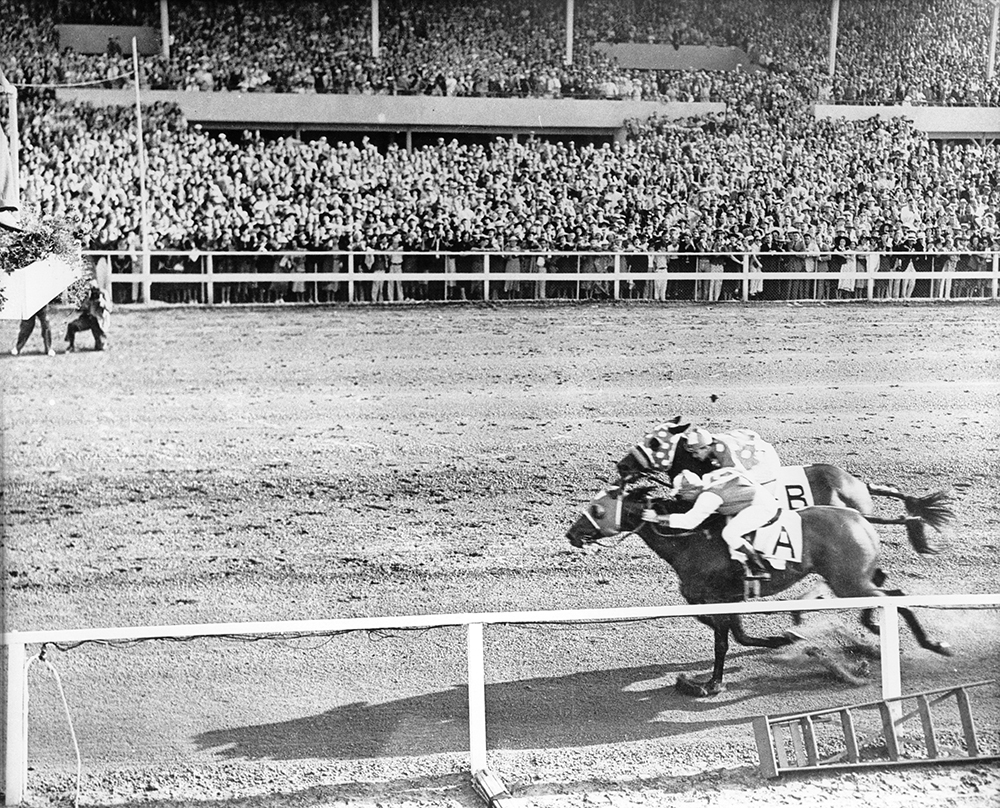
A brief history of the Del Mar Fairgrounds — an iconic local landmark
Horseracing and county fairs go back a long way, and San Diego is no exception. There was once a golf course where the Del Mar Fairgrounds sit today, and the story of how that change came about has everything to do with county fairs and horseracing.
The San Diego County Fair is one of the region’s great traditions, dating back more than a century to 1880. In 1904, the fair became an actual state agency when Sacramento created district level agricultural associations to promote local agriculture and industry. Ours is the 22nd District Agricultural Association, which sponsors the fair to this day. California was quickly becoming one of the nation’s major agricultural producers at that time and the fairs, which often moved location in those days, were an excellent way to get the word out. Thirty years later, however, California and the rest of the country were mired in the worst depression the nation had ever experienced. Here in San Diego, there was no money to stage a fair, and several years passed in the early 1930s without one.
That’s where horseracing came in. When farmers and ranchers got together to show off their prize crops and livestock, they and the people who came to see them were just as likely to want to know who had the fastest horse as who grew the largest melon or who raised the fattest calf. Gambling may have been against the law, but it was known to happen.
At the same time, what the fairs needed to continue was a steady stream of income and in 1933, the same year Prohibition ended, the California legislature legalized pari-mutuel wagering at district, county, and state fairs. The Del Mar Fairgrounds opened three years later in 1936, the new and permanent home of the San Diego County Fair. The first races were held on July 3, 1937. Sanctioned horseracing had arrived. Bill Abrams
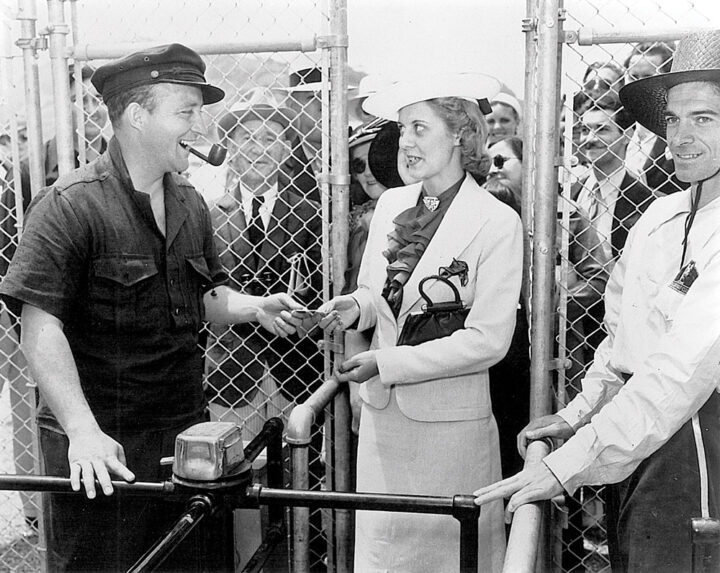
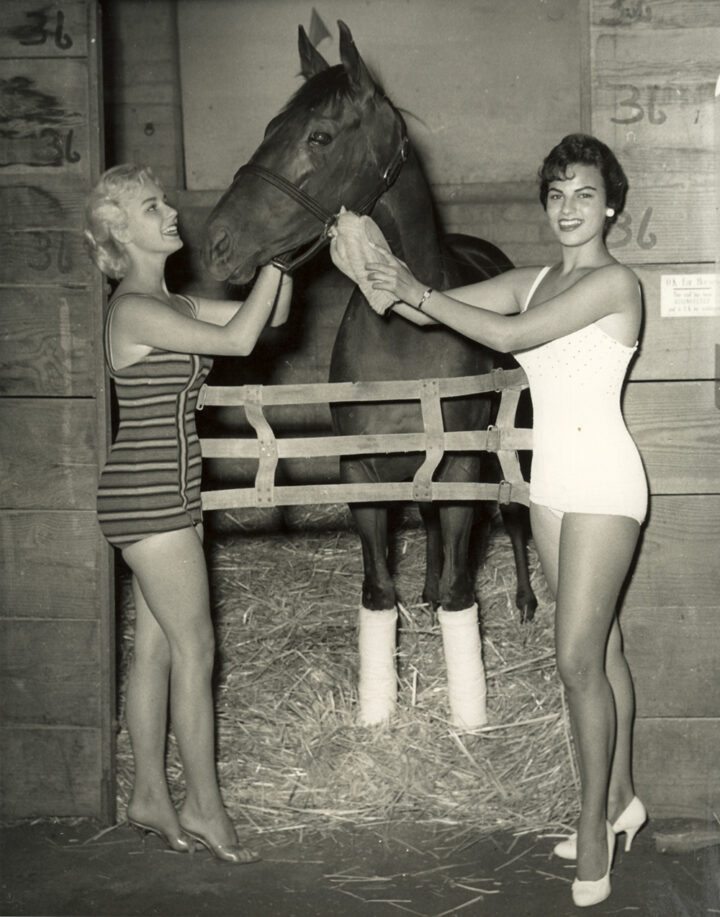
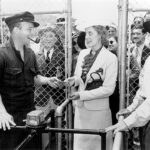
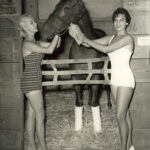
A Little Track Trivia
• In August 1938, two and half months before thrashing the great War Admiral by four lengths, Seabiscuit nipped the South American star Ligaroti by a nose, claiming the winner-take-all $25,000 match race that put Del Mar on the racing map.
• Between 1942 and 1944, the nation was the biggest winner at Del Mar. During World War II, the fairgrounds were used as a training site for marines and then as a manufacturing site for B-17 bomber parts.
• In 1985, the tunnel was built under the track, opening the infield to the public, and infield viewing was an instant success.
• The track’s highest single-day record for attendance was Opening Day 2012, when 47,339 people squeezed through the gates.
• At the track “where the turf meets the surf,” turf racing actually began in 1960, the year Del Mar unveiled its turf course with the unique diagonal chute that allows for both mile and one-sixteenth and mile and one-eighth races.




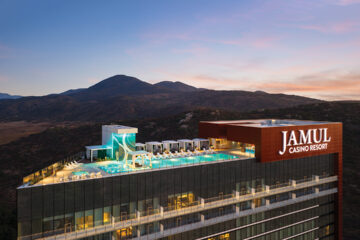

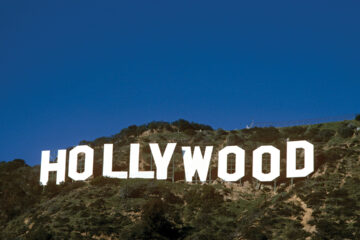

Comments